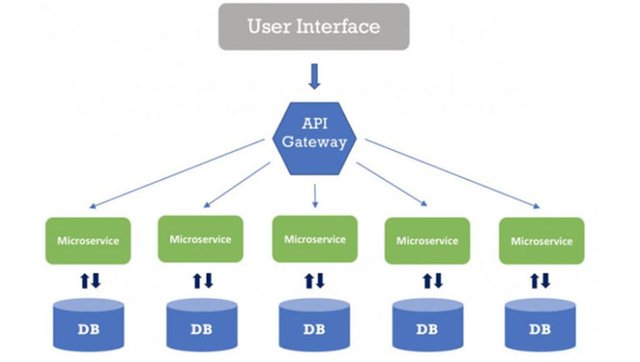.jpg)
Microservices have become a viable option for software development in recent years because of their increased functionality and increased flexibility. Facebook first used it to build its own social platform. Later, other big names adopted this structure for building their software like Netflix, Instagram, Uber, and Amazon.
This article will help you understand everything to know about microservices, from what it is, how it came into being, the pros and cons associated with this particular model of software development, and ultimately whether you should consider using it for your enterprise.
We’ll talk about the following topics:
- What is Microservices?
- Why Microservices use?
- How does Microservices Architecture work?
- Advantages of Microservices
- When to use Microservices?
What is Microservices?
It is a relatively new approach for structuring applications in a manner that groups together services around well-defined functions. In the digital world, this approach has already proved its effectiveness and efficiency, but it is still not applied too often in the context of the real world. As it is a relatively young architectural pattern, many software engineers have been struggling to define its exact meaning.
Why Microservices use?
The complexity of today’s application architectures has grown to tremendous proportions. It can help you manage that complexity by decomposing your large, monolithic application into small, autonomous services. Those services are easier to build, test, deploy, and scale.
How does Microservices Architecture work?
It has been an interesting concept in web development. This may include the following components depending on the scale and business needs of an application:
Here we will look at the key components of this architecture.

API Gateway:
Clients enter using the API Gateway. Clients must call an API gateway, which routes the call to the appropriate back-end services. The API gateway could combine results from many services and return them to the client.
Microservices:
Microservices are subsets of larger services that perform a specific business function, such as user registration, current orders, or wish list.
Database:
Microservices can share the same database or have their own, separate database.
Inter-microservices communication:
Microservices can communicate with each other using a variety of protocols such as REST or Messaging.
Advantages of Microservices:
It provides a variety of advantages depending on the project, with the following being some of the more common.

Faster deployment: It is simple to deploy because the entire application is divided into small units; each component should be full stack in nature.
Scalability: If the demands of your project change or grow at any time, you can scale it to meet your needs.
Guaranteed up-time: Each microservice is built, deployed, and managed separately, and is completely isolated at runtime, ensuring that the entire system never goes down.
No vendor lock: The architecture and principles are based on open standards and are heavily supported by the open source community.
Resilience & Robustness: Self-monitoring and healing ensures that your applications and systems are resilient.
Dynamic Talent Pool: It’s easier to onboard new team members and hire software professionals with a variety of coding experiences with it.
Read more from source URL: A Definitive Guide To Microservices: Everything You Need To Know